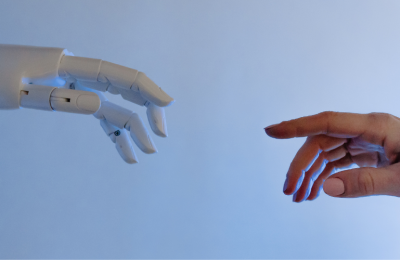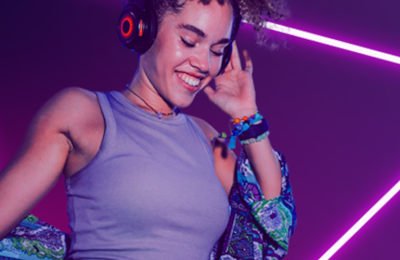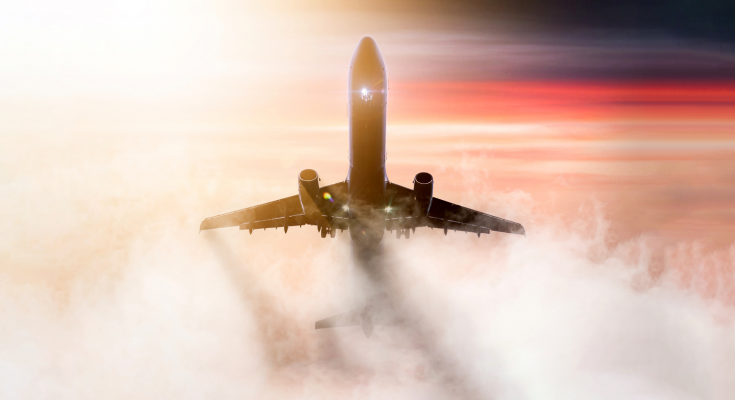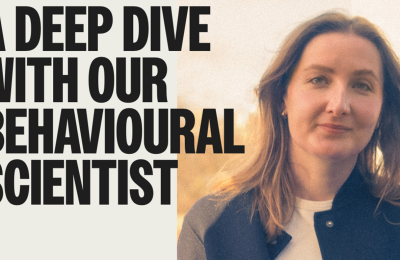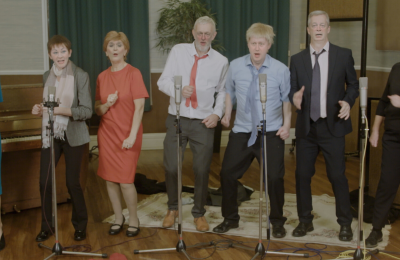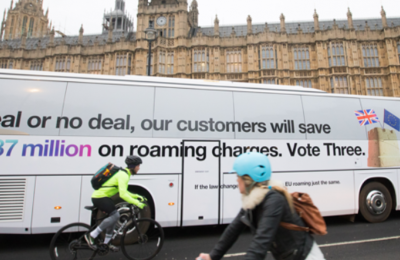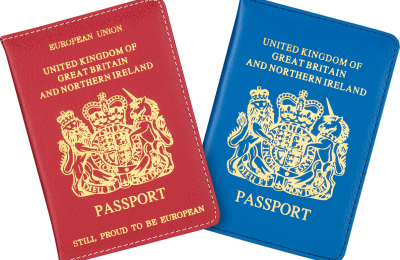Adam Larter, strategy director at brand strategy and content creation agency Studio Black Tomato, and the team, share their findings on consumers emotional experiences during a flight and how airlines can reinvent the experience to meet consumer demands.
When travelling by plane, why is it that so many of us look forward to the destination, but dread the journey? Often associated with higher levels of fear, anxiety, a lack of personal boundaries, or even excitement, the range of feelings that air travel generates can be vast. Is there a way the airline experience could be rethought taking into consideration these emotions?
These wonderings led Studio Black Tomato to conduct a piece of research exploring how people react to flights as emotional human experiences. As the larger travel industry is evolving to better answer consumer demands, the flight experience often feels like it’s lagging behind. The research aims to answer why that is and how it could catch up.
Following a series of interviews with frequent flyers and travel experts, Studio Black Tomato mapped out a set of 48 common emotions, sorted from most to least commonly experienced during a flight. The result was a research report titled Heightened Emotions – An analysis of how we feel when we fly, which offers some recommendations on the way airlines could rethink the overall experience to taking passengers emotions into further consideration. These recommendations are set out in the main points below. You can sign up here for your copy of the full research report.
COMFORTING SERVICE
Our research shows that many airline practices seem at odds with passenger’s needs and expectations. There is an opportunity to start from scratch. Particularly with service – the first airline to change this could win dramatically. The embarrassment around flying is also linked largely to the ‘us’ and ‘them’ service dynamic. Overall service is still aligned with an old-fashioned approach to luxury where cabin crew wear uncomfortable uniforms, the experience is rarely bespoke and is often intrusive.
Service should be more visible, having the cabin crew more present will allow introverted and embarrassed passengers the opportunity to talk to cabin crew – it will create less of a barrier with the service and could create a less stressful atmosphere for cabin crew who have to be “on show”.
TRANSPARENCY IN COMMUNICATION
Uber is a useful case study in showing the importance and success of gamified transparency when it comes to travel. In the Uber app, passengers can see the price, length of journey and any ‘surge charges’ that might be applied before selecting a car. On top of this, they can watch the car coming towards them on the interactive map. Gamified transparency in this way mitigates against potential anger and anxiety that come with the traditional taxi booking process: is the traffic bad, will I get there on time, when is the driver arriving, will I be overcharged, will they have a card machine? Airlines should move in a similar direction, easing the potential for negative reaction by being transparent throughout the overall process. This should begin pre-flight (what passengers need to organize in the lead-up) and during the flight (detail on arrival time, delays and what to expect upon arrival).
EMOTION LED DESIGN
Airline design from decades gone by was something beautiful. Patterned wall-papers, designer curtains. Today you can pay more than you would for a new car to get a seat in an airline and the interior design is less appealing than that of a high-street chain café. While refitting airlines is an expensive task it is one that will ultimately pay off and dramatically improve the experience. If airlines took the same approach to emotion led design that hotels do with their social spaces, then the whole airline experience would benefit.
INTROVERT, VS EXTROVERT EXPERIENCE
Each airline should be auditing from the point of view of an introvert and extrovert. What things will make you anxious in the experience? What do you do if you are scared of pushing the button? What do you do with people who want to spread out or talk? How does this affect the journey? This will give a more realistic and ultimately better experience.
AIMING FOR CONTENTMENT, NOT JOY
Airlines should look for moments to address anxiety whilst we also look for opportunities to respect people’s special me-time. Instead of a flight representing an elated sense of excitement and surprise, passengers are looking for a baseline level of contentment. A moment when they can simultaneously revel in their own company but also be comforted and reassured that their fears and anxieties are in hand.
The airline experience is a hot pot of differing emotional experiences. In this rare setting, there is a fine balance between the collective airline experience and the individual passenger experience. Ultimately, unlike other consumer interactions, the airline experience renders all passengers on the same page. It is near impossible to surprise or delight everyone – nor should this be the ambition. Instead, it’s about creating a baseline of comfortable contentment.
If you would like to find out more about the full research report or Studio Black Tomato, get in touch with Lucy@blacktomato.com



